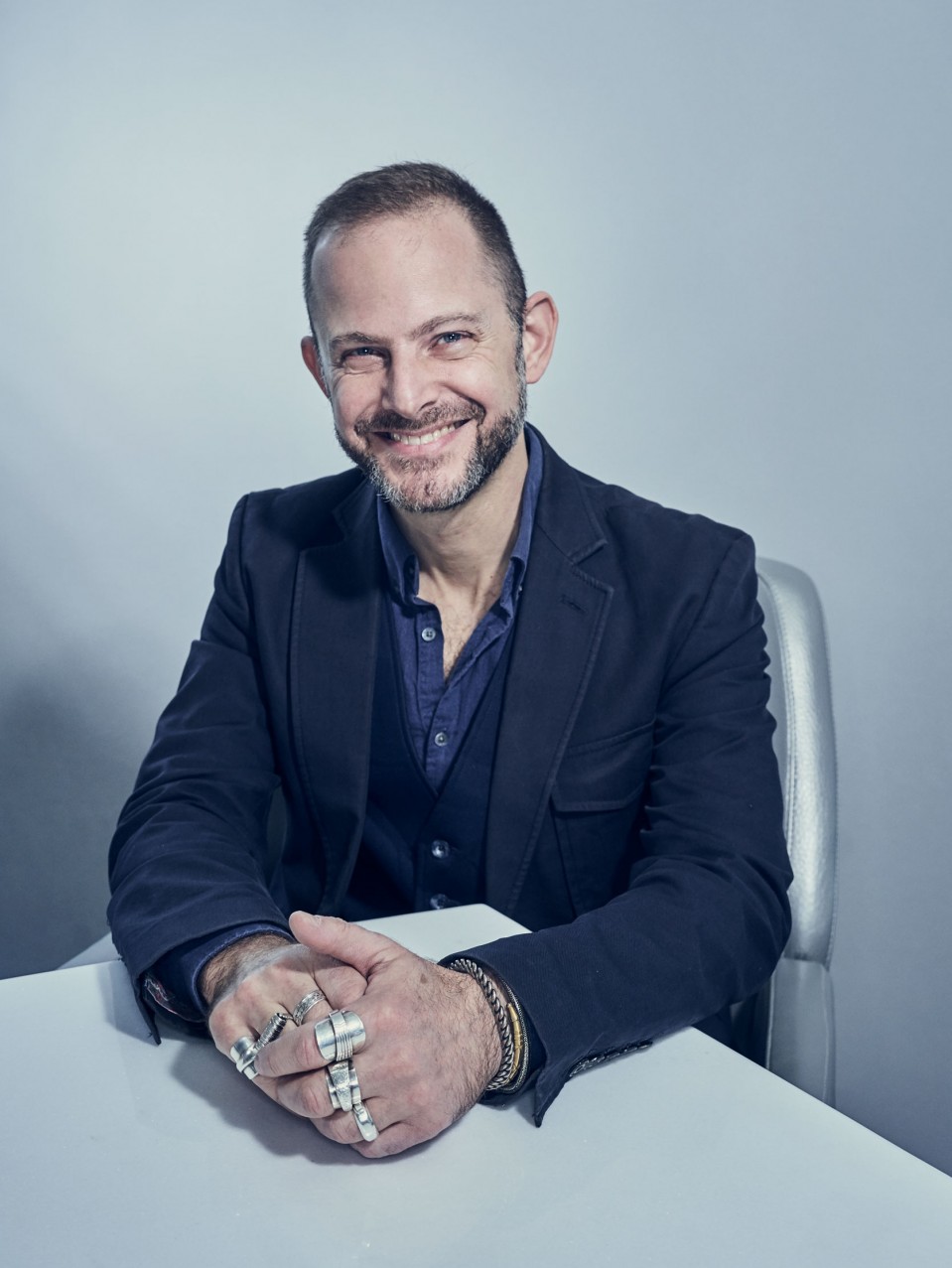Humans and Technology
Editor’s letter: How to predict what’s coming in 2030 and beyond
An introduction to our March/April 2020 special issue on prediction



Every year, we pick 10 recent technological breakthroughs that we predict will have a big impact in the years to come. We’ve been doing it for nearly two decades, and we’ve been pretty good at predicting big trends like data mining, natural-language processing, and microfluidics, but not so great at specific products.
Let’s look back at our 2010 list: mobile phones with hologram-style 3D displays? Microbes that turn carbon dioxide from the air directly into diesel fuel? Electronic implants that dissolve in your body when their job is done? “Social TV” that lets you talk about shows with your friends online while you watch? (Yeah, we have that—it’s called Twitter.)
At least in 2009 we profiled Siri—before it was even launched, mark you, let alone acquired by Apple. Shame we bought into the company’s hype that it was going to be not merely a voice-activated search engine but a “do engine” that can book you a restaurant or a flight.
Then again, if we really could predict which new inventions would take off, we wouldn’t tell you about them; we’d start a fund. Venture capitalists, who do this all day long, still get it wrong nine times out of 10. But as any decent futurist will tell you, the point of futurism isn’t to guess the future; it’s to challenge your assumptions about the present so the future doesn’t catch you off guard.
So this year, since it’s 2020 and we like round numbers as much as anyone, we decided to supplement our annual list with a closer look at the art and science of prediction, and to collect some other people’s predictions for 2030—if only so we can have a laugh a decade hence at how wrong they were.
David Rotman examines Moore’s Law, the most reliable prediction of modern times, and asks how the predictions of its imminent demise—themselves already rather long in the tooth—will influence future progress. Rob Arthur looks at why forecasters messed up so badly in the 2016 US presidential election and why they think they can do better in 2020. Brian Bergstein describes the effort to create AI that understands causality so that it can make predictions more reliably. Bobbie Johnson asks some people whose job is prediction how they think about the future and what they expect in 2030.
Meanwhile, I pick up some more 2030 predictions at the World Economic Forum in Davos—the place where, if you believe either the conspiracy theorists or the WEF’s own marketing, the future of the world is decided by politicians and billionaires. Tim Maughan writes about design fiction, a quirky movement for imagining the future creatively, and how it got co-opted by corporations. Tate Ryan-Mosley summarizes five big trends that will shape the next few decades, while Konstantin Kakaes rounds up five of the best books on humanity’s relationship to prediction. And Andrew Dana Hudson provides this issue’s short fiction piece, a story of one future that I fear is all too likely to come true.
We also have longer stories on some of our 10 breakthrough technologies: Erika Check Hayden on cure-for-one drugs, Ramin Skibba on satellite mega-constellations, Mike Orcutt on the future (or rather, lack thereof) of cash, and me on quantum computing.
This last topic is close to my heart; I first wrote about it more than 20 years ago, when nobody had yet built a working quantum computer. Last fall Google announced the first demonstration of “quantum supremacy,” a quantum computer doing something a classical one can’t feasibly pull off. Some people are still skeptical they’ll ever amount to much, but I predict we will be using them to solve real problems by 2030. Check back on me then.